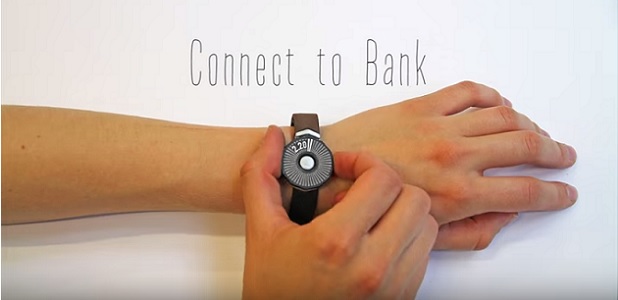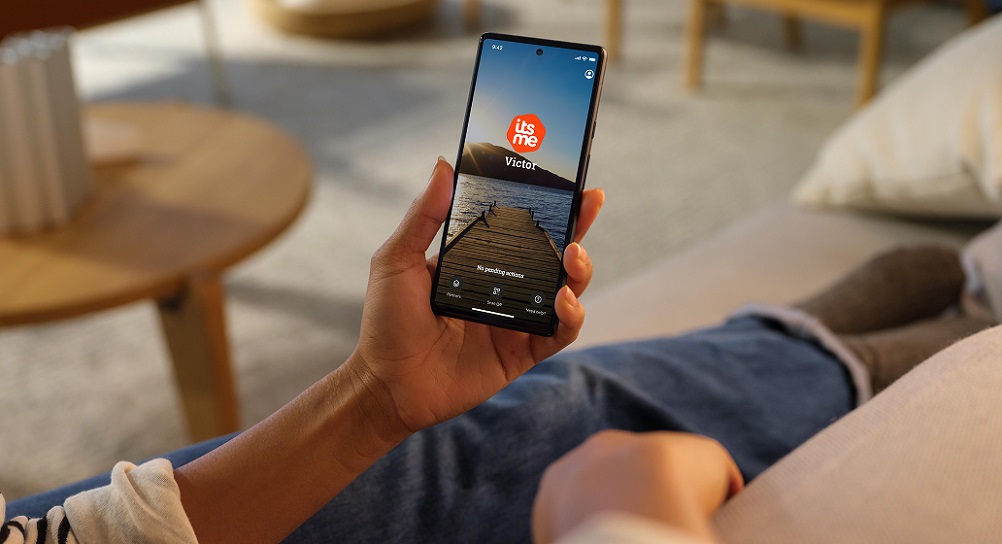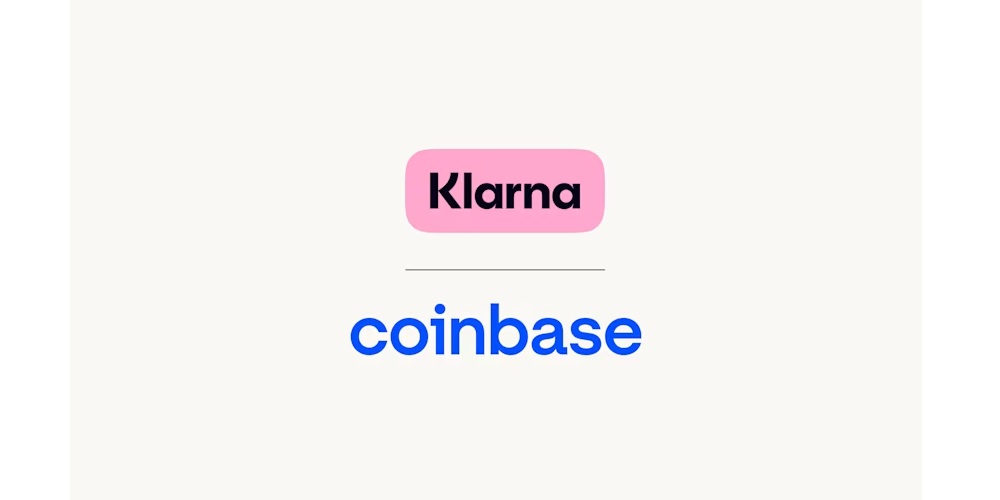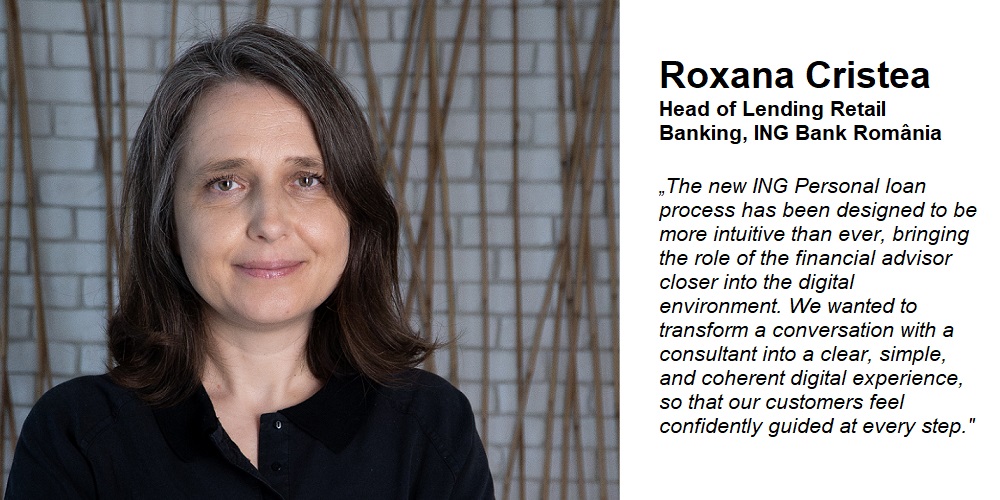Visa Europe: „contactless technology will become a standard feature on many wearable devices by 2020”

Visa Europe teamed up with world-renowned art and design institution, Central Saint Martins, and challenged five of its top design students to explore the future of wearable payments. The young designers, who are all either students or graduates of the MA Industrial Design course at the London-based university, were asked to imagine the form and functionality of contactless wearable devices by 2020. They had to be geared specifically towards payments while also challenging the wearable norms that the industry has focused on to date.
Managing loose change digitally, categorising payments made with a simple hand gesture and integrating fashion, social media and payments into a brooch. These are three of the wearable payment design concepts that have resulted. The project culminated in the presentation of three design concepts at the annual Visa Europe Technology Partner Forum in London on Wednesday 23rd September.
Speaking about the project, Nick Mackie, Head of Contactless at Visa Europe, said: “At Visa, we envisage that contactless technology will become a standard feature on many wearable devices by 2020; in fact, there’s no reason why the payment function on a wearable device wouldn’t become as ubiquitous as the alarm function on a digital watch.
“Contactless is rapidly evolving from cards to other devices as payments become digitised, and Europeans are among the world’s earliest adopters of these new technologies. We see huge potential in the wearable payments space, which is growing in popularity – especially among the tech-savvy millennial market. Wearables take all that’s great about contactless – the speed, convenience and simplicity – and make it better still. The very essence of a wearable is its physical connection to you at any time, which by nature eliminates friction and improves security.”
The project follows news that Visa has mandated all point of sale terminals in Europe to be contactless enabled by the end of 2019, as Europeans increasingly expect to use new technologies over cash when it comes to check-out.
„The design concepts are being showcased to inspire ideas and conversation about the future of wearable payments, but are not for mainstream commercialisation.”, according to the press release.
‘Small Change’
Small Change is set in the moment of transition between cash and digital money, and helps people manage transactions of smaller denominations digitally. It aims to facilitate this transition away from coins by allowing people to collect their loose change onto one wearable device, at the same time keeping the tangibility that we have come to expect through thousands of years of cash usage. An e-ink screen shows funds available in the user’s account, and can be customised for different use cases – for example, a child-friendly design for youngsters saving their pocket money
Take a look at the Small Change design concept video.
https://www.youtube.com/watch?v=SuuF0EcI_WU&feature=youtu.be&width=500&height=350
‘Budgeteer’
Budgeteer is a wearable payment device placed on the wrist that helps the user to organise and budget their expenses at the point of sale, simply by movement. By making three intuitive and simple hand gestures, the user can categorise payments into three categories (work, me or home), which will be highlighted in different colours in their online banking statement. The aesthetics of the device are built around the visible electronics; the mechanisms of the device are where the beauty lies.
Take a look at the Budgeteer design concept video.
‘Thread’
Thread is a fashion-orientated brooch that bridges the gap between the online and real-world self through a Bluetooth-powered augmented reality app, turning anonymous fashion lovers into identifiable brand ambassadors. The brooch has been designed to be issued in conjunction with particular brands or stores, and the aesthetics can be altered to reflect that. A finger vein scanner ensures safe purchases through a sophisticated, yet tiny, biometric authentication system.
Outside of the shop, consumers wearing the brooch can detect each other through their phone’s camera, see each other’s purchases and rate them. Many positive ratings on a specific garment are turned into advantages – such as discounts, VIP tickets, private views – issued by the brand itself to the wearer, building a unique relationship with the labels they love. This is an innovative interpretation of the traditional store card or brand loyalty scheme.
Take a look at the Thread design concept video.
Dariusz Mazurkiewicz – CEO at BLIK Polish Payment Standard
Banking 4.0 – „how was the experience for you”
„To be honest I think that Sinaia, your conference, is much better then Davos.”
Many more interesting quotes in the video below:












